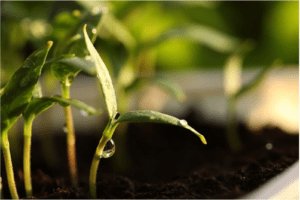
Outdoor Education Resources
Check out our great resources for insect education!
https://rustictrailsnet.etsy.com/listing/1855880790
https://rustictrailsnet.etsy.com/listing/1870572695
https://rustictrailsnet.etsy.com/listing/1870944445

Check out our great resources for insect education!
https://rustictrailsnet.etsy.com/listing/1855880790
https://rustictrailsnet.etsy.com/listing/1870572695
https://rustictrailsnet.etsy.com/listing/1870944445

The end is in sight! We are finishing the cabin! Check out the amazing bars on the Jail!

Seeds don’t sprout while they’re still in their packets at the garden center for a reason. Most seeds possess internal dormancy, meaning they require specific conditions to germinate. Optimal temperatures, moisture, oxygen, and light (or darkness, depending on the plant species) are necessary for seeds to begin their growth. While some seeds have shallow internal dormancy and will readily sprout under favorable conditions, others with more complex dormancy may need assistance.

Many annual varieties, like Zinnias, and Sunflowers, have soft shells and can simply be sprinkled on bare soil in the spring. But some perennials, especially native wildflowers, have a hard coating that helps protect the outer shell from breaking and sprouting too early. We’ve all experienced an unseasonably-warm spell in in the middle of January or February — this mechanism helps prevent the seeds from being tricked into coming out of dormancy until it’s just the right time.
The good news for gardeners is that the natural cold stratification needed for germination can be forced with just a few materials, water, a refrigerator, and patience.